With our free press under threat and federal funding for public media gone, your support matters more than ever. Help keep the LAist newsroom strong, become a monthly member or increase your support today.
LA Officials Seeking To Reduce Jail Population

Los Angeles County officials are taking steps to reduce inmate populations in an effort to prevent the spread of COVID-19 in local jails.
District Attorney Jackie Lacey is recommending that medically vulnerable individuals be released while awaiting a court date. Her office is also temporarily halting the filing of new cases for misdemeanors and low-level felonies.
Lacey's office is working with the Los Angeles County Sheriff’s Department to review a list of 2,000 inmates who have been flagged for potential early release.
“If you release some of the people... should there be an infection in the jail, you’ll be able to isolate those who are infected,” she said.
Inmates charged with violent crimes, including child abuse and domestic violence, will not be considered for release.
“We’ll be looking at auto burglaries, vandalism cases, things of that nature where we think those folks could be released without there being much harm to the community,” she said.
No cases will be dismissed, but some will be adjudicated or postponed.
MORE ON CORONAVIRUS:
- Your No-Panic Guide To Coronavirus In LA So Far
- Your No-Panic Guide: Sanitizer, Toilet Paper, Medicine — When Will Everything Be Back In Stock?
- Here's Your Quick, To The Point, Coronavirus Prep List
- Have A Question? We Will Answer It
SOME STRAIGHT TALK ABOUT COVID-19
We're all living through this extraordinary and frightening pandemic. The vast majority of our newsroom has been working from home (here's some advice on that) since March 11 to bring you calm, helpful reporting. We are answering your questions and taking more.
We're here to help. And if you can help support that effort financially, we'd be grateful.
At LAist, we believe in journalism without censorship and the right of a free press to speak truth to those in power. Our hard-hitting watchdog reporting on local government, climate, and the ongoing housing and homelessness crisis is trustworthy, independent and freely accessible to everyone thanks to the support of readers like you.
But the game has changed: Congress voted to eliminate funding for public media across the country. Here at LAist that means a loss of $1.7 million in our budget every year. We want to assure you that despite growing threats to free press and free speech, LAist will remain a voice you know and trust. Speaking frankly, the amount of reader support we receive will help determine how strong of a newsroom we are going forward to cover the important news in our community.
We’re asking you to stand up for independent reporting that will not be silenced. With more individuals like you supporting this public service, we can continue to provide essential coverage for Southern Californians that you can’t find anywhere else. Become a monthly member today to help sustain this mission.
Thank you for your generous support and belief in the value of independent news.

-
What do stairs have to do with California’s housing crisis? More than you might think, says this Culver City councilmember.
-
Yes, it's controversial, but let me explain.
-
Doctors say administrator directives allow immigration agents to interfere in medical decisions and compromise medical care.
-
The Palisades Fire erupted on Jan. 7 and went on to kill 12 people and destroy more than 6,800 homes and buildings.
-
People moving to Los Angeles are regularly baffled by the region’s refrigerator-less apartments. They’ll soon be a thing of the past.
-
Experts say students shouldn't readily forgo federal aid. But a California-only program may be a good alternative in some cases.







